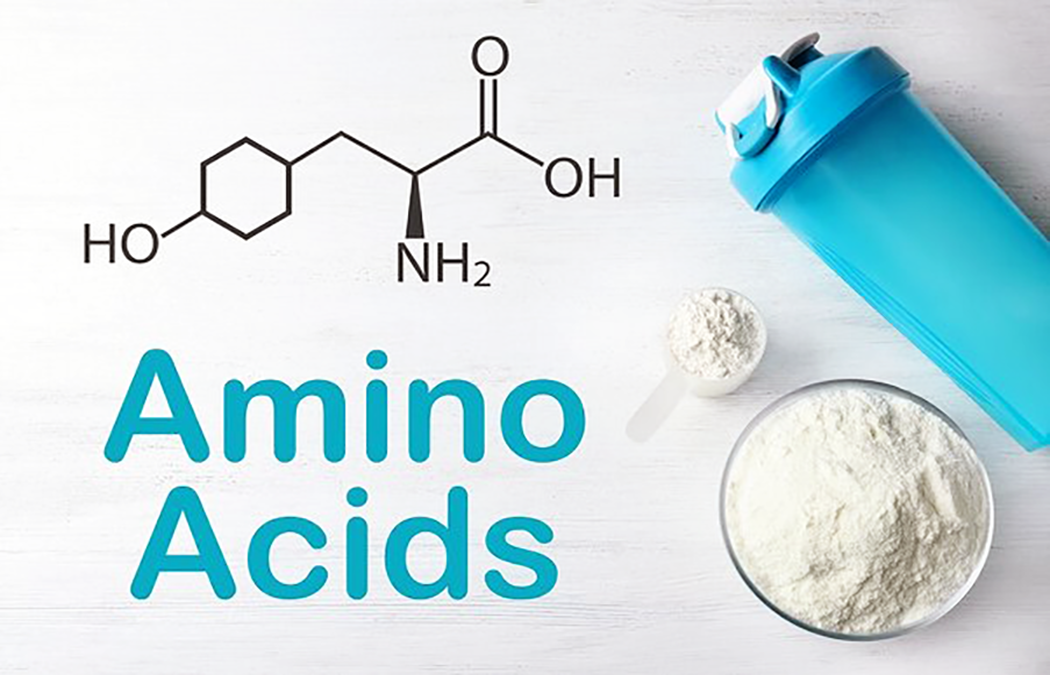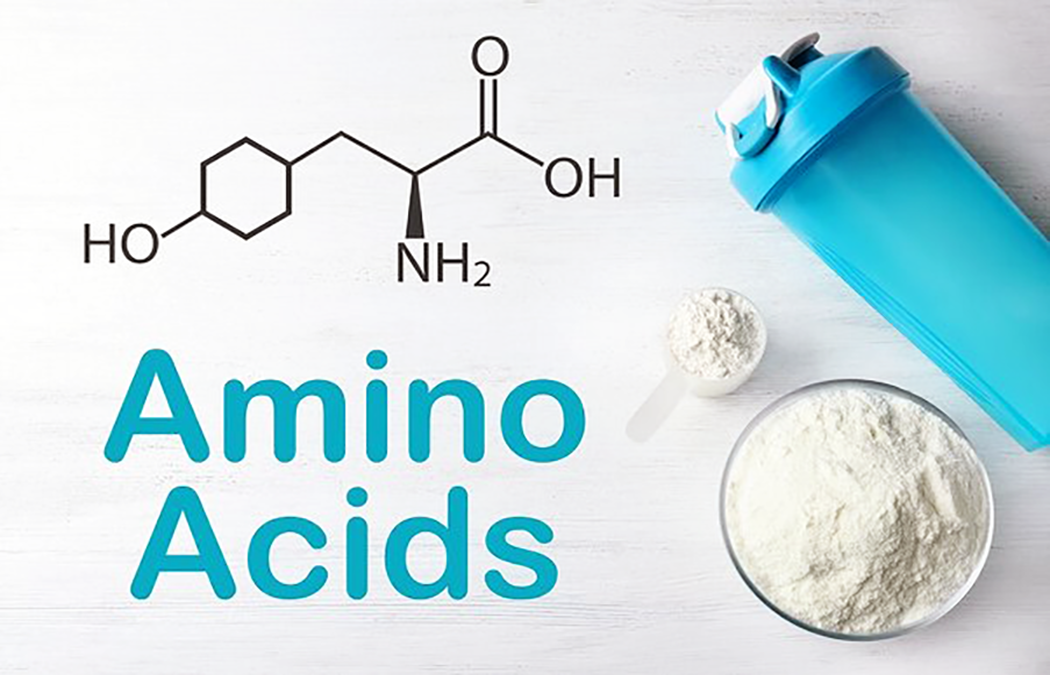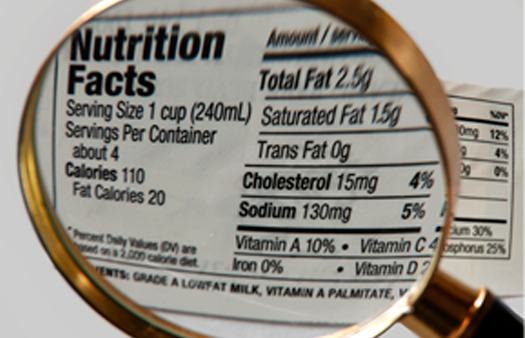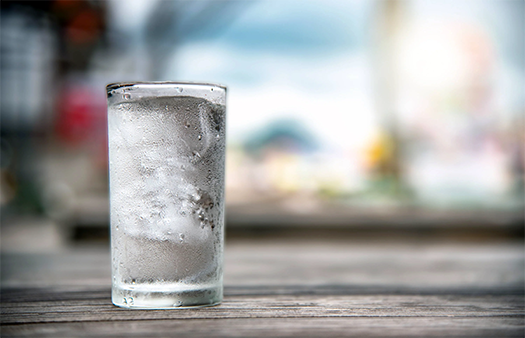NUSTART InSights

What Happens To Protein When It Is Digested And Absorbed
One large misunderstanding is that when we consume proteins, they are broken down into “protein molecules” and then sent to where protein is needed.
This isn’t the case. By the time protein has been digested and absorbed and used in your body, it is in a completely different form than what it was when it came in. It’s been fully broken down and fully rebuilt, into whatever the body needs at that time.

Are All Proteins The Same?
When it comes to protein, not all sources are created equal. Different proteins, once digested and absorbed, provide our bodies with varying amounts of usable protein, gram for gram. This means that consuming 1 gram of protein from whey does not provide the same amount of usable protein for building new muscle, bone, and other tissues as 1 gram of protein from whole eggs.
Proteins are not just “proteins”. A protein is a molecule made up of smaller molecules called amino acids.
Proteins are nothing but amino acids held together by peptide bonds. (Also note, collagen is just a type of protein. It isn’t something else, specific unto itself.)



Let’s consider algae for a moment. Many health food stores are big on selling spirulina, a popular and nutritious algae. A common sales line touts it as one of Earth’s primary foods, which is true, as spirulina is packed with minerals, phytonutrients, and essential fatty acids. People who sell algae say this wonder food is great for building bodies because it can build and sustain the life of a whale.
But don’t rush to your local health food store’s algae aisle just yet. The balance of the nine essential amino acids in a food must be exact—if even one of the essential amino acids is low, it throws the entire nutritional profile off balance. Spirulina is deficient in the essential amino acids lysine and methionine to the point that the utilization is calculated at 6 percent or less in some twenty-four examined species. It’s definitely a good source of green food, but it’s not a valuable source of protein.
The next time you look at the side of a yogurt carton and it says 14 grams of protein, be aware that only 16 percent is usable. A Balance Bar has 14 grams of dairy and soy protein, but only 16 percent is usable. And a can of tuna fish has 16 grams of protein, of which 33 percent is usable.
Don’t believe that all proteins are all the same because they aren’t! This leads us to the next myth that permeates the dietary industry, with dieticians included.




